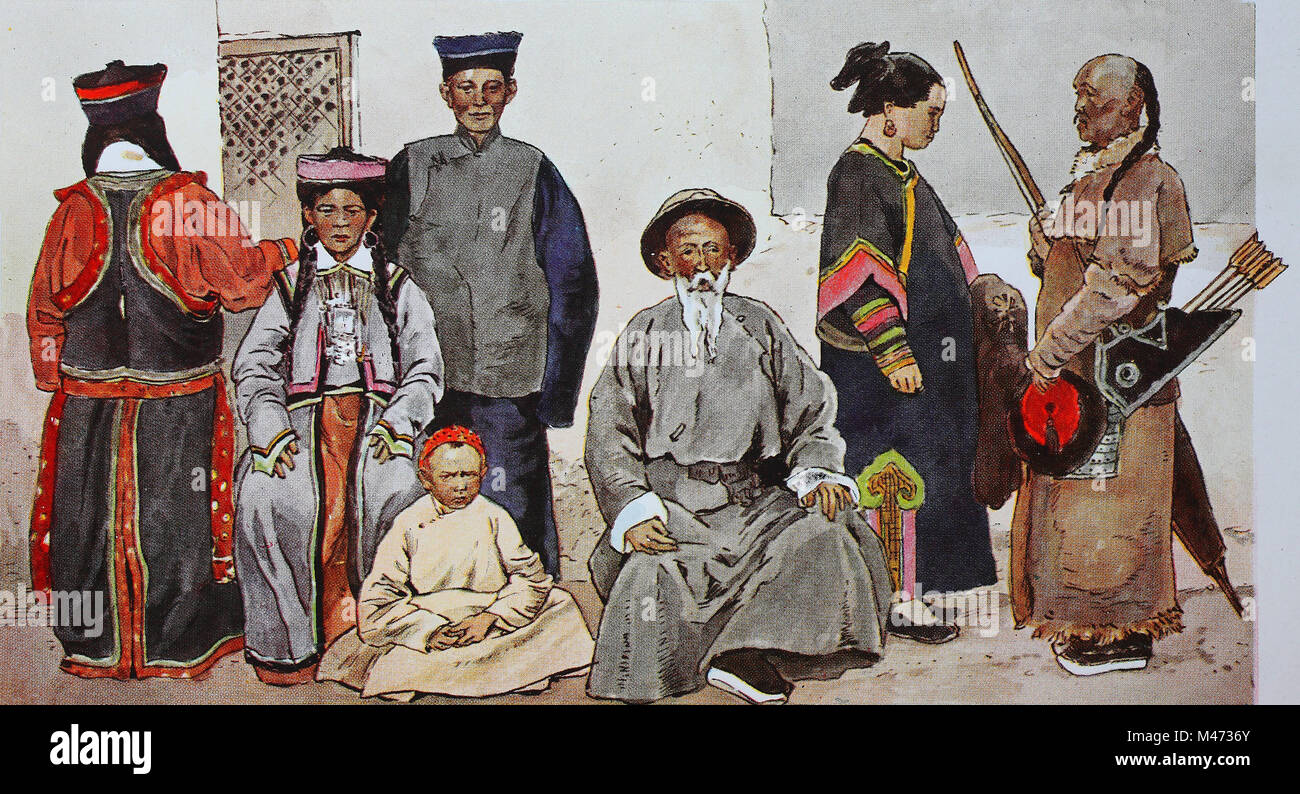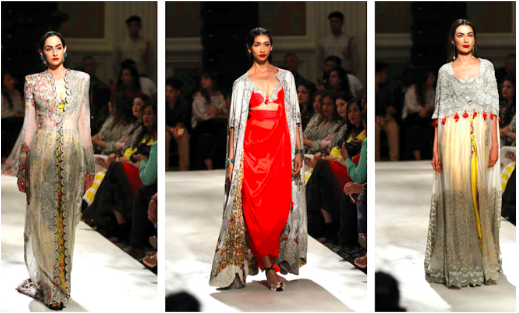Eastern Wear Pakistan: Important Wardrobe Pieces for Every Fashion Enthusiast
Eastern Wear Pakistan: Important Wardrobe Pieces for Every Fashion Enthusiast
Blog Article
Embrace the Elegance of Multiculturalism With Eastern Use
Exploring the intricate globe of Eastern use opens up a world of cultural richness and imaginative expression that goes beyond borders and time - eastern wear pakistan. From the vibrant tones of typical Chinese qipaos to the regal sophistication of Pakistani shalwar kameez, each garment envelops a special narrative that talks volumes regarding the heritage and custom-mades of its origins. As we browse with the tapestry of Eastern fashion, we discover covert gems of imagination and custom that not only adorn our bodies yet likewise attach us to a deeper feeling of belonging and admiration for the diverse tapestry of international culture
Beginnings of Eastern Use
Stemming from ancient human beings in Asia, Eastern use encompasses an abundant tapestry of tradition and cultural value. The roots of Eastern wear can be mapped back to various areas such as India, China, Japan, and the Center East, where clothes was not simply a means of covering the body yet also a representation of social status, line of work, and faiths. In India, for instance, standard attire like the saree for ladies and kurta-pajama for men have been put on for centuries and hold deep symbolic meanings. In a similar way, in China, the cheongsam and qipao are famous pieces that display the elegance and elegance of Chinese culture.
Eastern wear has progressed with time, mixing historic customizeds with contemporary impacts to produce a diverse series of styles that deal with different occasions and preferences. From intricate embroideries to vibrant colors, each garment informs an one-of-a-kind tale of its cultural origins, making Eastern put on a sign of heritage and identity that remains to astound individuals worldwide.
Meaning in Conventional Outfit
Traditional attire in Eastern societies brings profound importance that shows the values, beliefs, and heritage of varied neighborhoods. Each color, garment, and layout element in Eastern standard clothing holds considerable cultural definition. As an example, in Indian culture, the saree signifies womanhood, grace, and practice. The detailed patterns and motifs on a Japanese robe usually represent nature, periods, and even social standing. In Chinese society, the color red in traditional apparel symbolizes all the best and happiness, while the dragon theme symbolizes power and stamina.
Furthermore, standard clothing is frequently used during unique events and events to recognize traditions and showcase social pride. The vibrant hues and detailed needlework on a Pakistani shalwar kameez put on throughout wedding events celebrate delight and festivity. Comprehending the significance behind Eastern conventional outfit not only includes deepness to the garments however also fosters admiration for the abundant cultural heritage and values installed within these garments.
Impact of Eastern Fashion in the West
The blend of Eastern fashion components with Western styles has actually created an exciting trend in the international garment industry. For many years, Eastern style influences have actually made a view website substantial impact on Western style, with designers and fashion fanatics alike drawing inspiration from the abundant customs of countries like India, Japan, and China.
Among the most recognizable influences of Eastern style in the West can be seen in the appeal of traditional Eastern garments such as the saree, bathrobe, and qipao. These garments have actually been reimagined and adjusted to suit Western preferences, leading to unique and stylish blend pieces that blend the very best of both worlds.
Additionally, Eastern motifs, needlework techniques, and shade combinations have additionally found their means into Western fashion collections, adding a touch of exoticism and class to contemporary styles (eastern wear pakistan). The smooth combination of Eastern and Western fashion components not only showcases multiculturalism but likewise cultivates creativity and innovation in the ever-evolving world of style

Modern Analyses of Eastern Styles
Exactly how have modern designer reimagined and analyzed Eastern styles for a modern-day target market? In recent times, there has been a rise in contemporary analyses of standard Eastern garments that satisfy the tastes of a globalized globe. Designers are mixing classic Eastern shapes, intricate needlework, and rich textiles with contemporary cuts, cutting-edge textiles, and strong shades to produce a blend of East-meets-West fashion.
One widespread trend in contemporary analyses of Eastern styles is the consolidation of conventional concepts and patterns into Western apparel pieces. This combination results in special garments that commemorate the rich heritage of Eastern societies while interesting a broader audience. In addition, designers are trying out mixing and matching various Eastern elements, such as combining a traditional kurta with modern-day denim jeans or layering a saree with an organized blazer.
Tips for Styling Eastern Wardrobe
When styling Eastern garments, take into consideration including contemporary accessories to produce a eclectic and balanced look. Standard Eastern apparel, such as sarees, kurtas, and sherwanis, can be raised by including modern elements like statement jewelry, sleek purses, or stylish footwear. Mixing conventional Eastern outfit with contemporary pieces can result in a elegant and special set that showcases a combination of societies.
An additional pointer for styling Eastern garments is to have fun with patterns and shades. Do not be afraid to experiment with elaborate designs or vibrant hues to make a fashion declaration. Blending and matching different patterns within the same outfit or pairing different shades can add visual passion and deepness to your appearance.
In addition, take notice of the fit of the Eastern garments. Customizing their explanation plays a crucial duty in just how the attire drapes on the body. Make sure that the clothes fits well and complements your body form to improve your overall look. Furthermore, do not wait to accessorize with typical Eastern fashion jewelry, such as jhumkas, bangles, or maang tikka, to finish your ensemble with a touch of credibility and sophistication. eastern wear pakistan.
Verdict
In verdict, Eastern wear deals a distinct possibility to appreciate and recognize the diverse cultures and practices of Asia through style. By understanding the beginnings, symbolism, and affects of typical clothes, people can embrace the appeal of multiculturalism and include Eastern styles into their closet with respect and adoration. Through modern-day interpretations and thoughtful designing, we can proceed to celebrate the rich heritage and workmanship of Eastern style in a significant means.
Each color, garment, and design aspect in Eastern typical clothing holds considerable social meaning. Understanding the significance behind Eastern conventional attire not only adds depth to great post to read the clothing but also cultivates recognition for the rich social heritage and worths installed within these garments.

Report this page